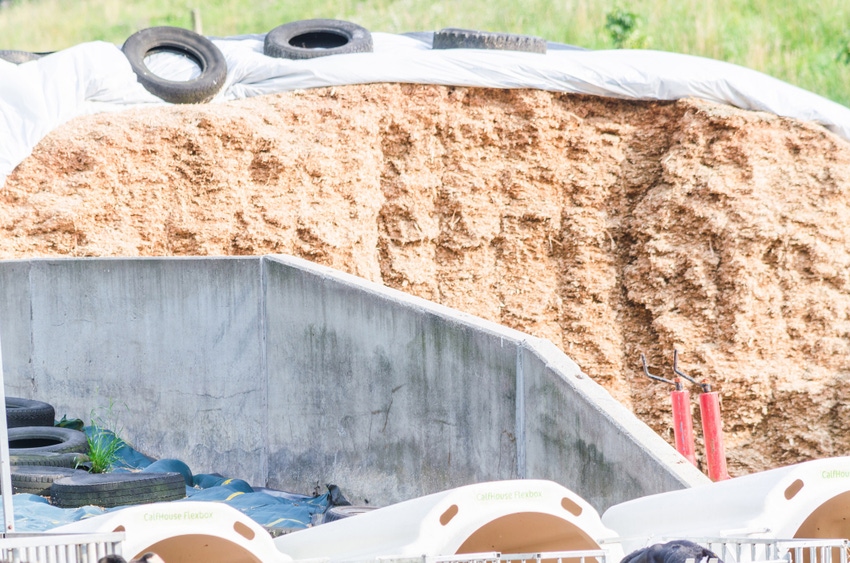Fusarium molds appear to be flourishing.
December 11, 2019

Across the Midwest, 2019 has been one of the most challenging years in recent memory for corn farmers due to excessive rainfall, which has resulted in delayed and/or prevented planting in many areas, according to an announcement from Alltech.
Extreme weather conditions and moisture levels can reduce yields and induce plant stress, and they can also lead to future issues for the crop, including molds and mycotoxins, Alltech said. Increased moisture can allow fusarium molds to flourish, producing a variety of mycotoxins that include deoxynivalenol (DON), fusaric acid, T-2, HT-2 and zearalenone (ZEN).
Mycotoxins are a concern for livestock producers, as they influence feed quality and animal safety. They are produced by certain species of molds and can have toxic properties that impact animal health and performance, Alltech said.
The company noted that 2019 corn silage samples from across the U.S. are currently being submitted to its mycotoxin analytical services laboratory, and its analyses are indicating the presence of high levels of mycotoxins in those samples.
According to Alltech, the samples have included an average of 7.13 mycotoxins, with a range of 2-14 mycotoxins per sample. In 86.6% of the samples, DON was present; 99.5% contained fusaric acid, and 94.1% tested positive for emerging mycotoxins, including beauvericin, moniliformin, enniatins, phomopsin and alternariol. These emerging mycotoxins will add to the risks potentially affecting rumen function, gut health and immune response, Alltech said.
Alltech noted that ZEN was found in 48.9% of the samples and has become increasingly prevalent over the past two years.
“These levels of mycotoxins found in the 2019 crop are significantly higher than the average values,” said Dr. Max Hawkins, nutritionist with the Alltech Mycotoxin Management team. “Livestock producers across the U.S. should test their own corn silage to identify the levels of individual mycotoxins and the subsequent risk present to livestock health and performance.”
Mycotoxins are seldom found in isolation, and when multiple mycotoxins are consumed, they may have additive — or even synergistic — interactions that increase the overall risk to performance and health, Alltech said. As a result, an animal may have a stronger response than what would be expected if it was only experiencing a single mycotoxin challenge.
Source: Alltech, which is solely responsible for the information provided and is wholly owned by the source. Informa Business Media and all its subsidiaries are not responsible for any of the content contained in this information asset.
You May Also Like


.png?width=300&auto=webp&quality=80&disable=upscale)
